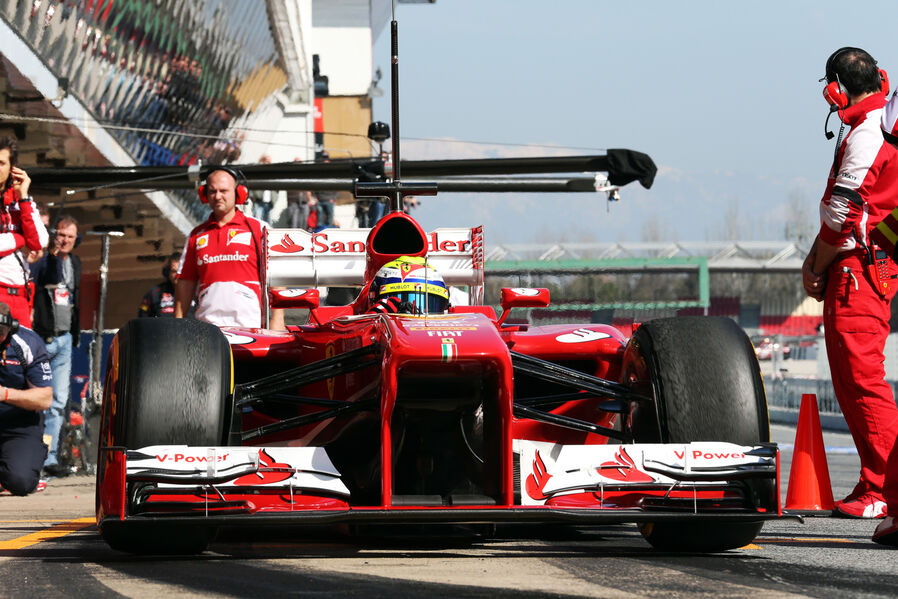Now I see what is inside. You could be right with this theory. Make sense.bhallg2k wrote:While that's true, we've seen both inserts...
http://i.imgur.com/YBKhNYh.jpg
Pay no mind to the arrow; it's not mine.
...and veils shielding the radiators from direct flow.The only topless picture I've seen around here is this one. But, given everything, it doesn't appear the team are very concerned with direct flow onto the radiators.
http://i.imgur.com/IQUbfsH.jpg
Now, I have no idea what any of this......means in that context, because I'm not that smart. But, what I do know is that if the inlet chokes, nothing that happens within the sidepod behind that choked inlet matters anymore as far as the car's external aerodynamics are concerned. It's as if it all disappears, and the sidepod becomes just another bluff body being dragged through the air.forza wrote:I wanted to point out that it's a trade off between cooling efficiency and drag. The diffuser geometry controls the velocity of the air flow and aims to prevent the separation. Ideally you would only create turbulation at the core surface to enhance thermal transfer. The cooling core efficiency itself depends on three parameters; core pressure drop coefficient, velocity ratio and drag coefficient of the core.
This would be very helpful for a car with top speed issues.
Ferrari has clearly improved the [F2012] a lot in traction out of low speed corners, which helped in Barcelona and Monaco and will help out of the chicanes and hairpins of Montreal. However another key weak point is straight line speed and this is not straight forward to fix.
However, there are risks to running such an aggressive cooling strategy.diemaster wrote:http://www.trf1.net/files/216734_215855176.jpgSuch risks would be eased considerably by larger sidepod vents......and an auxiliary inlet, which would combine to help kickstart, if you will, the system back into action.
http://i.imgur.com/yu3KBuX.jpg
Basically what I'm trying to say here is that I think they're "stalling" the sidepods.
- Login or Register
No account yet? Sign up














